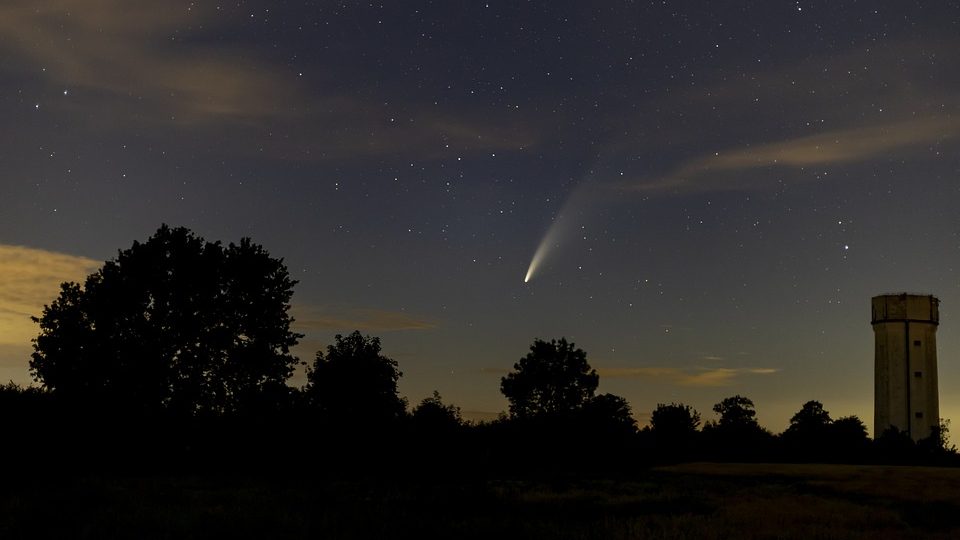The near-Earth comet discovered last year, which can currently be observed with the Bükki Csillagda telescope, will be visible until the end of March.
In clear weather, a hitherto unknown C/2022 E3 (ZTF) with catalog number C/2022 E3 (ZTF) will be visible to medium and near binoculars with the unaided eye. cometwhich was detected by the automatic astronomical observing system in March 2022, when it was in the orbit of Jupiter – we read in Blessing on its pillars.
At the beginning of February, it will be near Earth, about 42.5 million kilometers from us, when it will be the brightest in the sky. At first, it will be visible as a fuzzy smudge, as its not very long plume, but it will become shiny later on. It will likely still be visible with binoculars even in March. This is also a big problem because the last time comet NEOWISE passed our planet was in 2020. These bright comets appear in the sky every 10-15 years on average.
Romanda Rowland, an astronomer from Miskolc, told the newspaper.
Among these, there are short-lived ones that return every 10-100 years. However, there are also those that revolve around the Sun in a very elongated elliptical orbit four to five times farther than the outer planet Pluto.
the comets They are born at the edge of the solar system from the rocky debris and gases there.
Comets should be viewed as the dirty snowballs of space, even though they are only partially composed of water ice. Their materials are also supplemented with frozen gases. As a result of solar radiation, they begin to evaporate, forming the comet’s plume. When they are depleted, they show much less activity. After a long time, comets are tamed and turned into asteroids. Their orbit begins with the gravitational influence of the stars closest to them, which disturbs them. Some of them return only once, others go around their star many times
explained the astronomer.
Our featured image is illustrative.












































